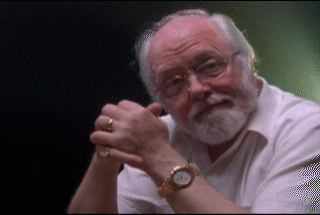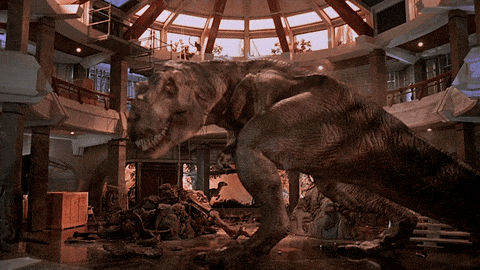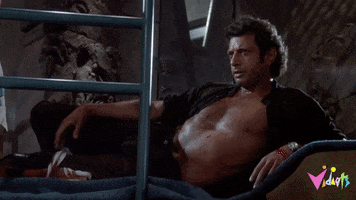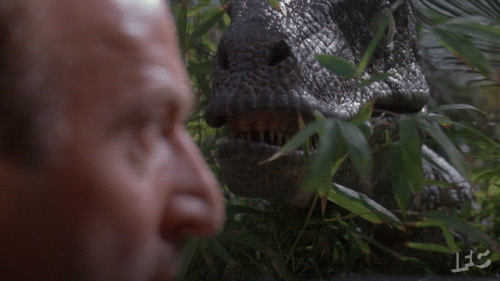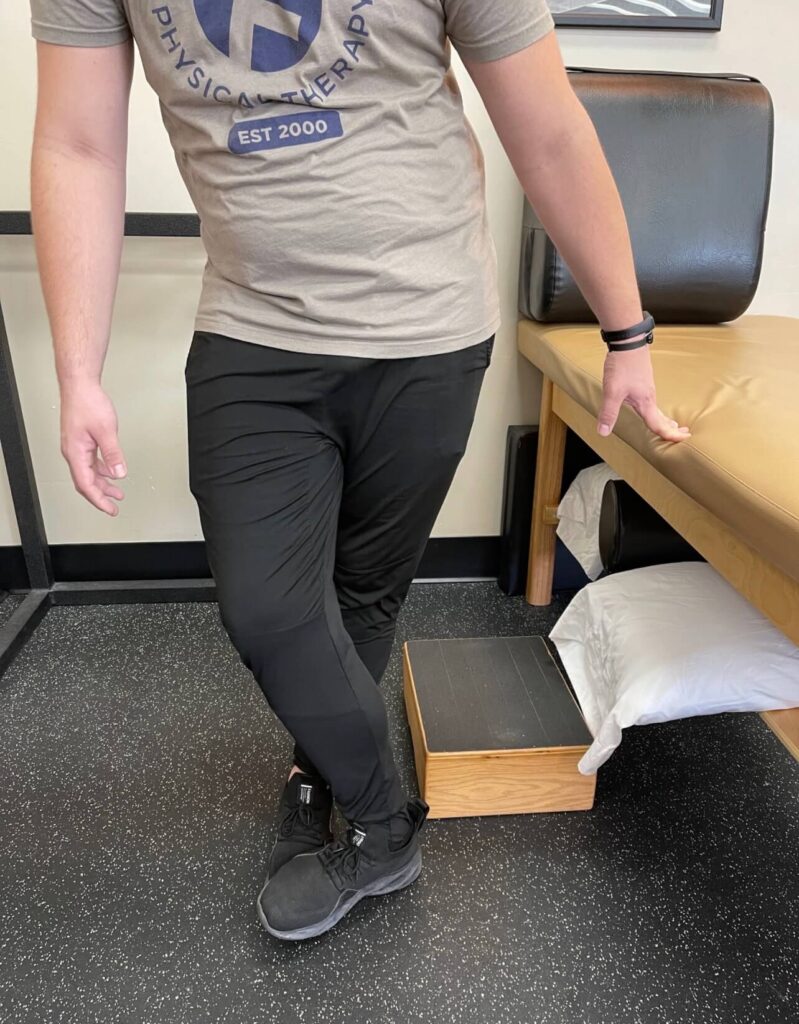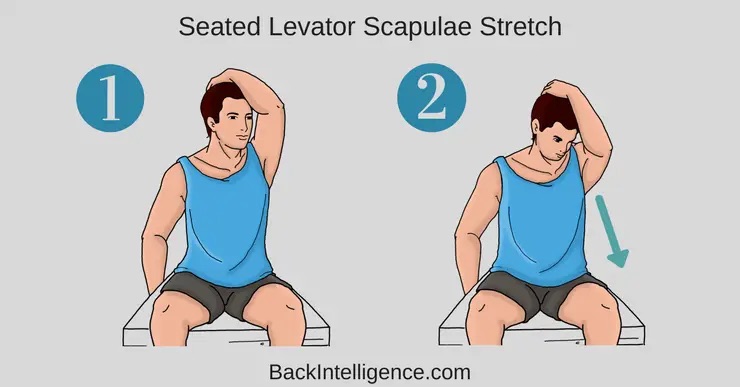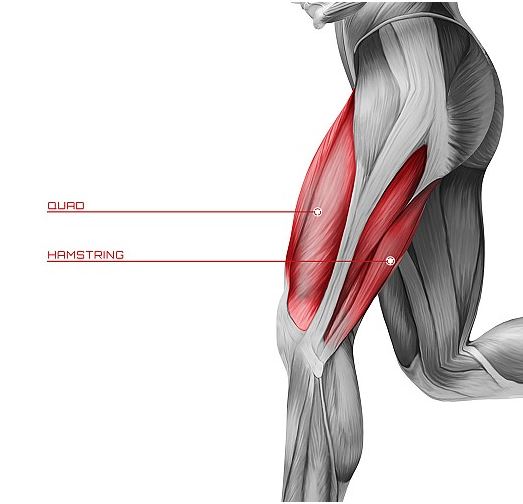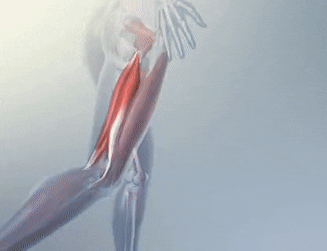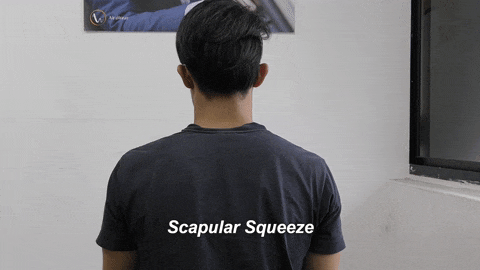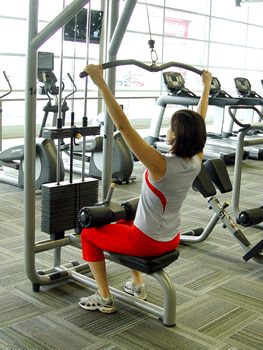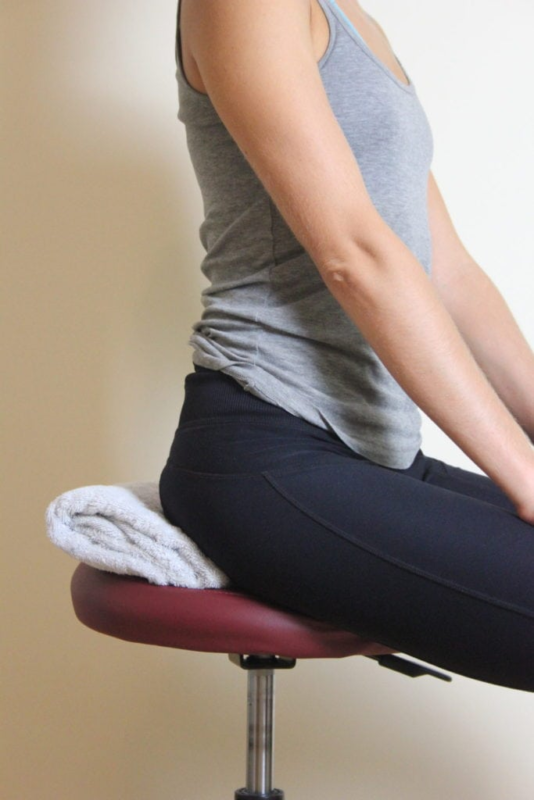What Is It?
The thoracic spine is the middle, and longest, portion of the spine. It unfortunately doesn’t have anything to do with Jurassic Park or dinosaurs.
Specifically, it consists of 12 vertebrae and 12 pairs of nerves that branch from it. It spans from the base of your neck to the top of your lower back. This area also contains the only vertebrae that attach to your ribs. The thoracic spine houses several attachments for tendons, muscles and ligaments making it crucial in your daily activity. What it doesn’t have anything to do with, is a park for dinosaurs.
Disorders
You’ll be shocked to find out what can go wrong here (your spine, not an island inhabited by creatures brought back from millions of years ago).
Some common types of disorders include scoliosis, abnormal kyphosis, and fractures usually derived from osteoporosis. The ability to have your thoracic spine flex and extend in both weight bearing and non-weight bearing positions will help reduce the risk for injury.
It’s important to maintain the mobility of the thoracic spine, especially if you work a desk job. By improving the mobility in the thoracic spine, your postural muscles can be trained and activate properly to reduce complications. Functional scoliosis, or non-structural scoliosis, happens with repetitive movements, and reduces mobility too. We treat this with physical therapy intervention to improve the mobility and postural control in the spine.
Crucial For Athletes and the Rest of Us
Thoracic side bending and rotation is also essential for athletes and those who are physically active like Jeff Goldblum.
These motions are crucial for overhead athletes like volleyball, water polo and baseball. They are also important for athletes that require more agility like football and soccer. Golf is also another sport that requires a good amount of thoracic rotation to improve club speed and accuracy of the swing. These motions should be trained to make sure there is ample motion, but also to make sure there is proper control. Especially for anyone who wants to have a long career. It would also be important if you needed to run away from a velociraptor.
As you can see, the thoracic spine is an important part of not only athletes, but everyday life. If you feel tightness in this region of the body or feel this area needs work, please feel free to schedule an appointment to see how we can further assist you. You can rest easy knowing we’ll get your spine back in shape.
Written by Casey Badder PT
